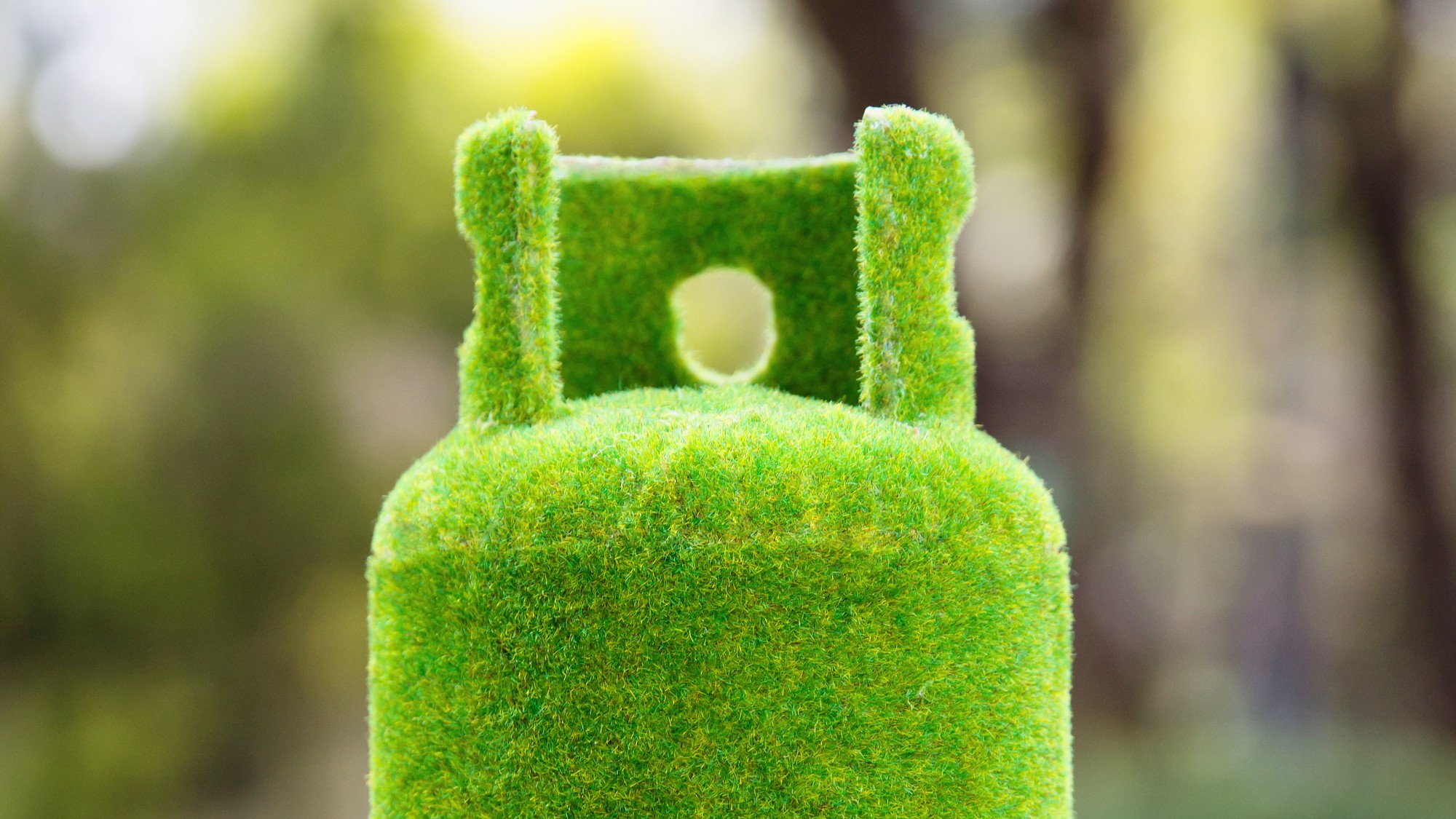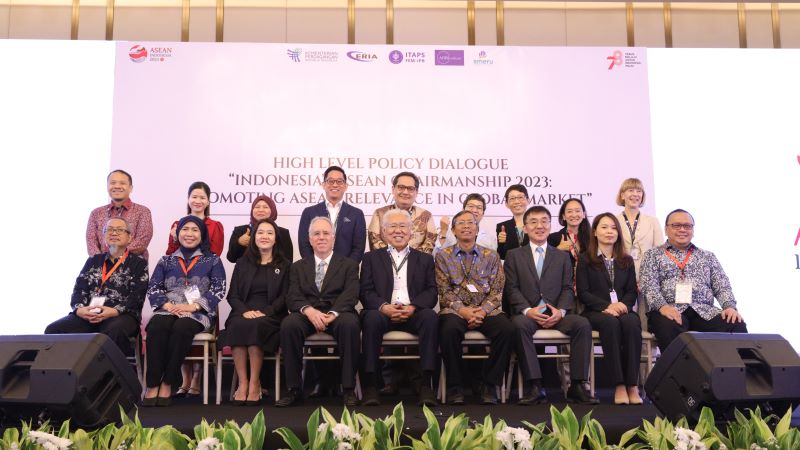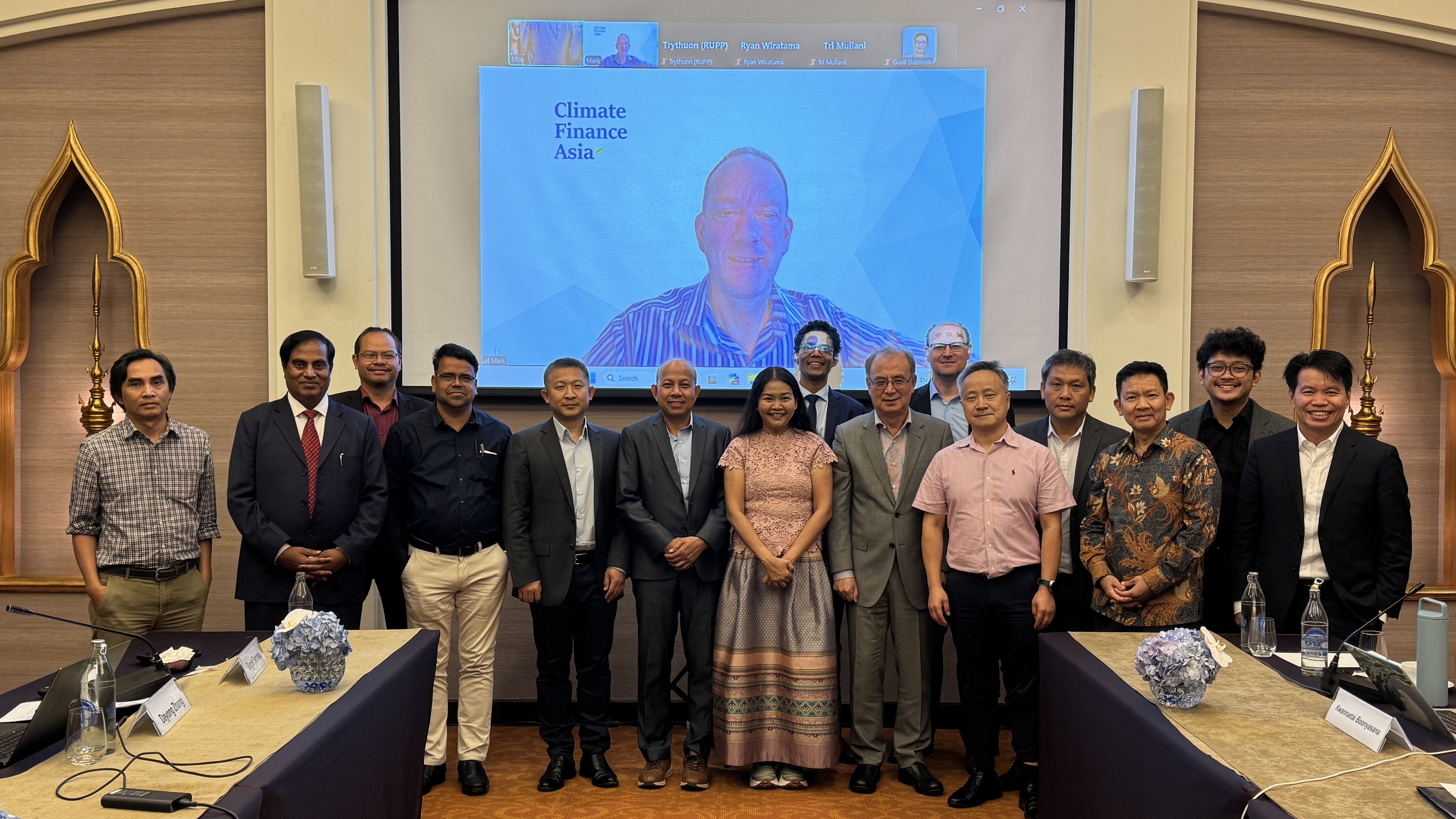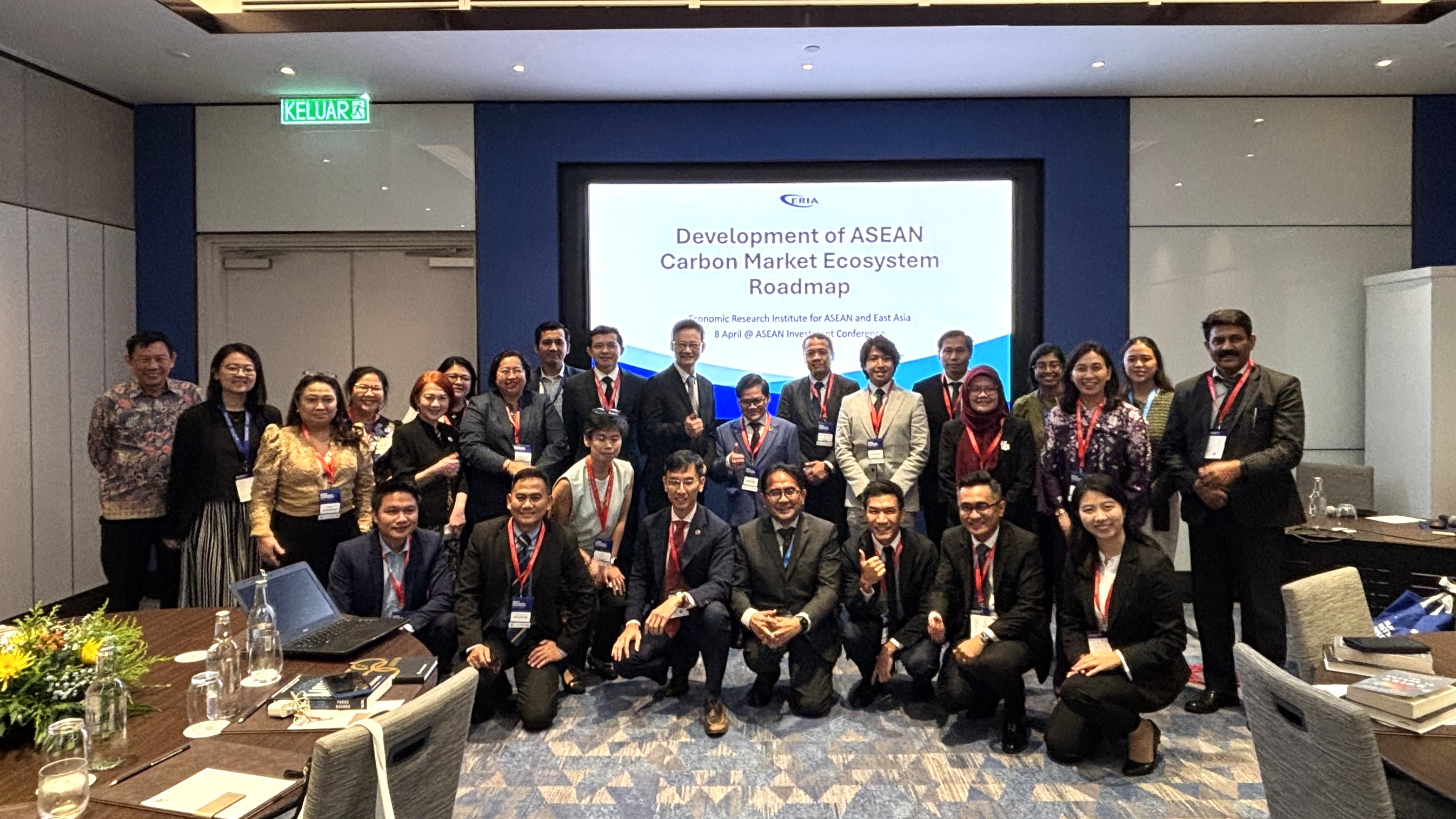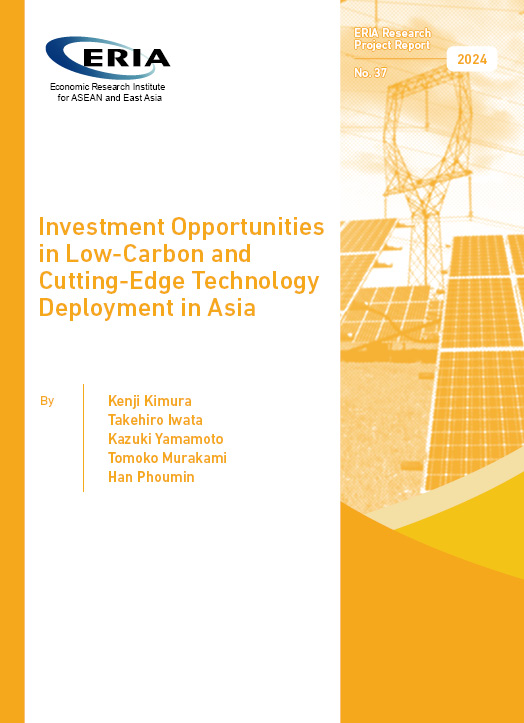The Challenges and Opportunities in Indonesia’s LPG ‘Melon’ Distribution Policy
Date:
3 March 2025By:
Han PhouminShare Article:
Print Article:
By Gusti Sidemen, CCS/CCUS Fellow, and Dr Han Phoumin, Senior Energy Economist: In Indonesia, the 3kg LPG canister is often referred to as a ‘melon’, likely due to its shape or perhaps because it evokes the refreshing sensation of melon-scented air when households transition from kerosene or firewood to LPG. However, in recent weeks, the ‘melon’ experience has turned sour – quite literally – for many Indonesians, particularly women, who now find themselves queuing for hours to exchange their empty canisters. These long queues, often lasting up to five hours, are frequently featured on national television or shared in viral videos on social media. For many, such scenes are reminiscent of the tumultuous transition from the Old Order to Suharto's New Order in 1965.
The current shortage and resulting queues stem from a sudden change in the distribution mechanism introduced by the Indonesian government on 1 February 2025. Previously, LPG Melon was widely available at petrol stations, convenience stores, grocery shops, and even from street vendors. However, this easy accessibility placed a significant financial strain on the government’s budget. LPG Melon was introduced in 2007 as part of a programme to replace kerosene with LPG as a household cooking fuel. This conversion programme led to a dramatic rise in LPG demand, increasing from 0.9 million tonnes in 2007 to 8.9 million tonnes in 2024.
A key factor driving this surge is the significant price difference between subsidised LPG Melon and non-subsidised LPG, which encouraged even ineligible consumers to opt for the cheaper alternative. As a result, LPG Melon consumption reached 8.23 million tonnes in 2024, compared to just 0.67 million tonnes for non-subsidised LPG. Government spending on subsidised LPG Melon skyrocketed from 3.74 trillion rupiahs in 2008 to an alarming 80.9 trillion rupiahs in 2024. However, much of this subsidy did not reach its intended beneficiaries. According to the National Statistics Agency, 80% of the subsidy benefited non-target consumers. A 2017 study by the Fiscal Policy Agency further revealed that the lowest 40% of income earners received only 29% of the subsidy. In many cases, consumers paid above the subsidised price. While the government aimed to subsidise LPG Melon at Rp30,000 per 3kg canister (reducing the price to Rp12,750 from the non-subsidised price of Rp42,750), the retail price often exceeded Rp20,000 per canister.
In response to these mounting challenges, the administration of President Prabowo sought to regulate LPG Melon distribution by issuing Circular No. B701 MG.05/DJM/2025 on 1 February 2025. The policy restricted sales to direct transactions between consumers and authorised distribution agents, barring convenience stores, grocery shops, and street vendors from selling the product. However, with limited distribution points available, the move led to overwhelming queues and widespread frustration. Facing intense public backlash, President Prabowo reversed the policy, reinstating all previous distribution channels.
While the government’s intention to prevent subsidy misallocation is commendable, the execution of the policy highlighted a lack of understanding of the underlying issues. History has shown that restricting access to subsidised goods often leads to inefficiencies and public discontent. Furthermore, many consumers, particularly those in lower-income groups, may be willing to accept price increases if they result in greater product availability. In some regions, consumers are already paying above the government-set price, with some even paying as much as Rp30,000 per canister.
With advancements in internet and communication technology, the government now has access to more precise data on economically vulnerable groups requiring social assistance. Given these circumstances, a potential solution could involve removing the subsidy on LPG Melon entirely and allowing market prices to dictate its cost, similar to other essential commodities. This would free up substantial government funds – approximately 89 trillion rupiahs annually – which could be better allocated to critical sectors such as education and healthcare.
For those in need, direct subsidies through social safety net programmes offer a viable alternative. India has successfully implemented such an approach with its PAHAL (Pratyaksh Hanstantrit Labh) programme, which provides LPG subsidies directly to consumers’ bank accounts.
While such a policy shift would be challenging and require careful planning and public communication, the potential long-term benefits are significant and merit serious consideration.
Some critics may argue that LPG is not like a seasonal fruit such as melon, which people consume only occasionally. Unlike melon, LPG is a daily necessity. This is a valid concern, but it also underscores the need for strong government oversight to ensure fair pricing and availability. Effective market regulation will be crucial to prevent monopolies, price manipulation, and supply shortages, ultimately ensuring that all consumers have reliable access to LPG Melon at reasonable prices.
This opinion piece was written by Gusti Sidemen, CCS/CCUS Fellow, and Dr Han Phoumin, Senior Energy Economist at ERIA. Click here to subscribe to the monthly newsletter.
Disclaimer: The views expressed are purely those of the authors and may not in any circumstances be regarded as stating an official position of the Economic Research Institute for ASEAN and East Asia.
